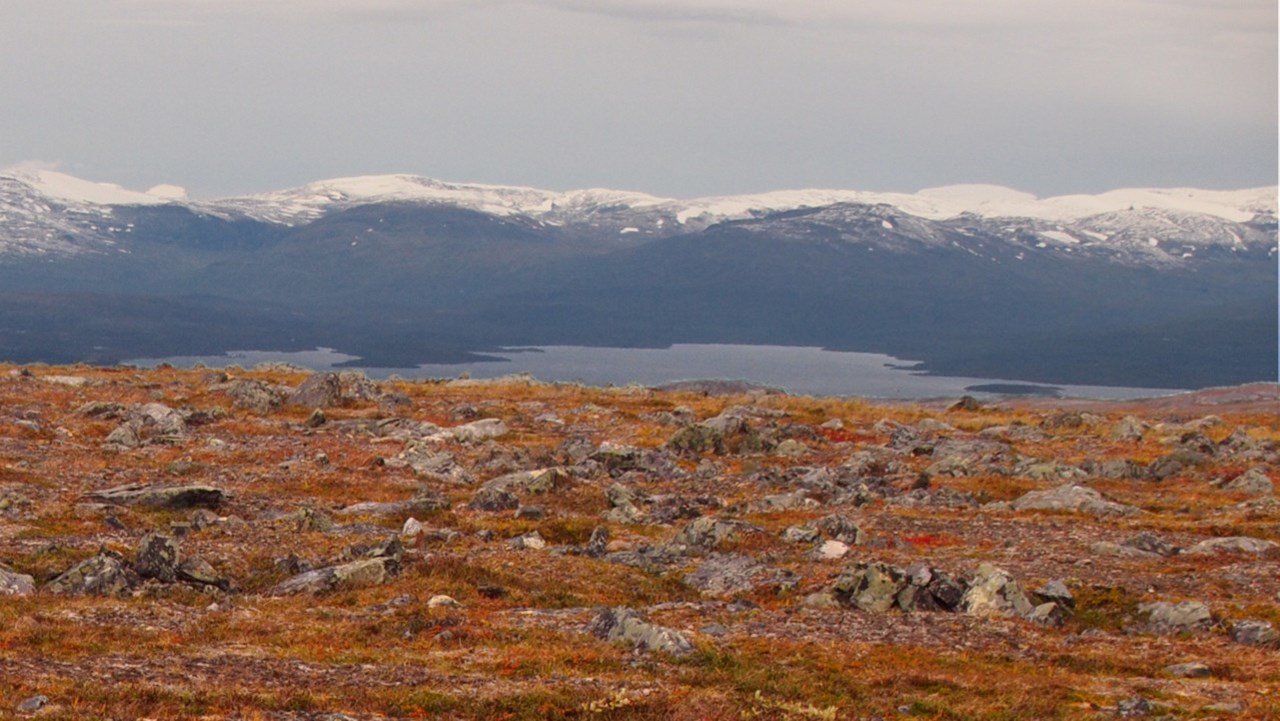
Alpine ecosystems under the microscope
PROFILE Studying nature in a slow-changing climate is time-consuming. But Maja Sundqvist speeds things up by using natural variations in altitude in different mountain regions to explore how a warmer climate will affect both alpine and arctic ecosystems.



